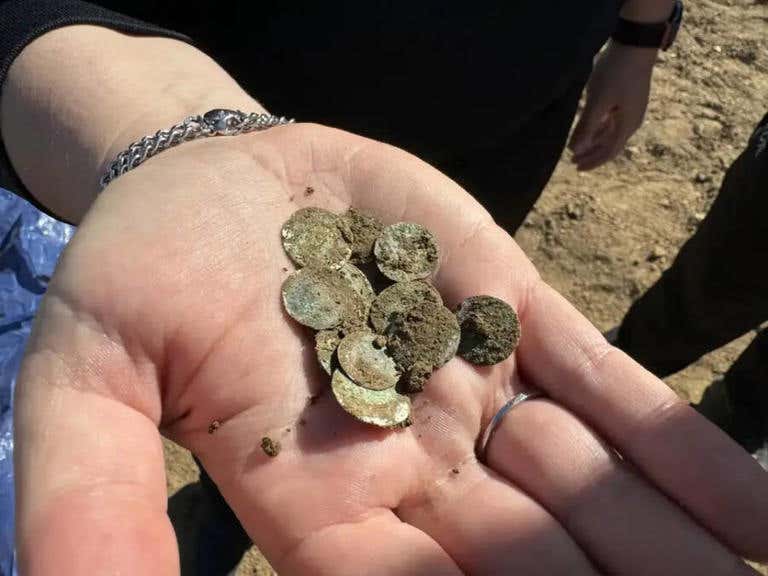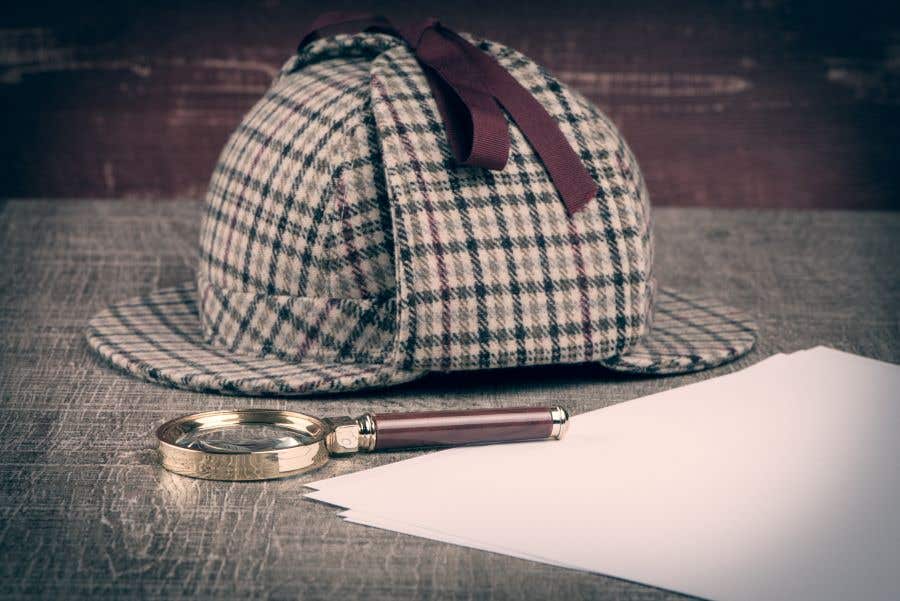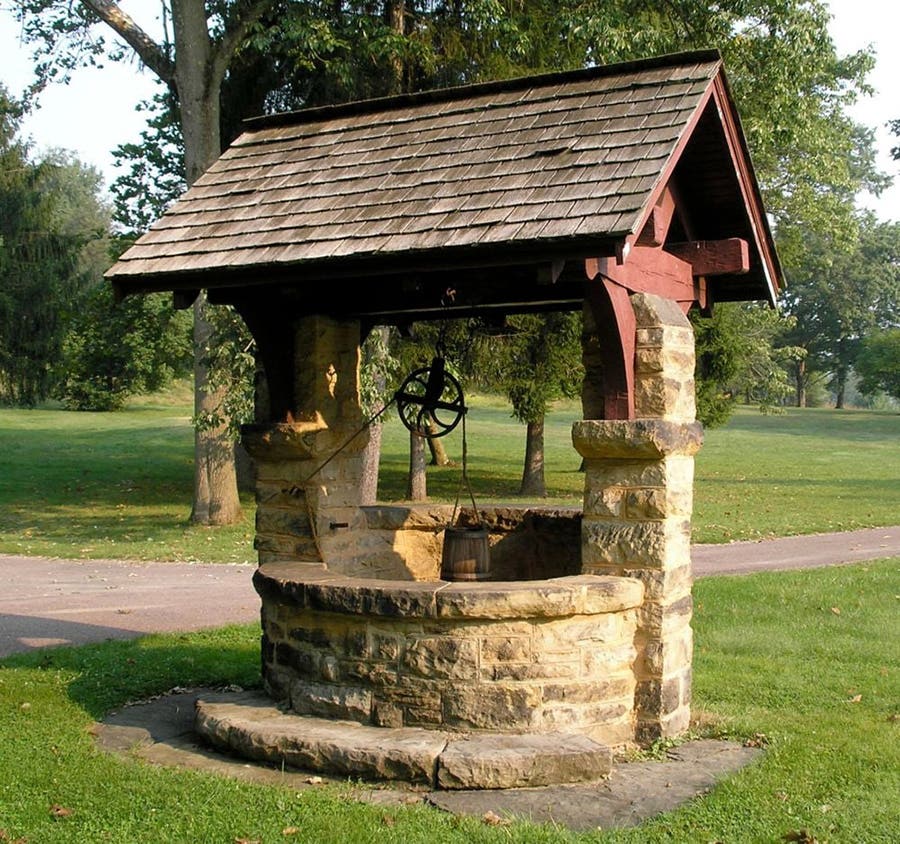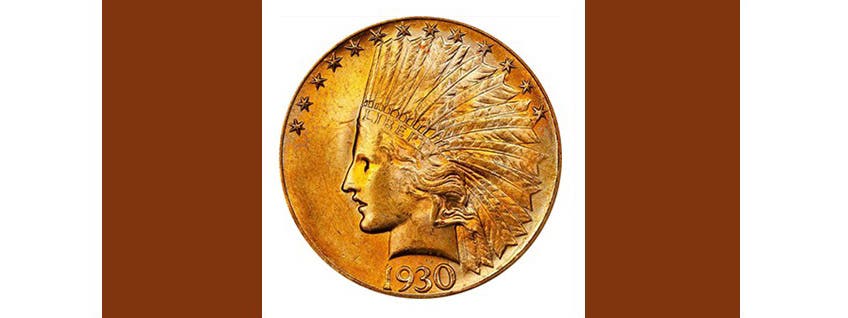Witness Marks Explained
Witness marks, calendar marks, the clock on older $100 bills, and more.
Looking one evening at near-mint condition 1821 dimes online, it became obvious to me that many of the specimens have a small, raised dot or pimple as nearly as possible in the geometric center of the obverse. What is this mark or pimple, and why have I never seen it mentioned in publications before?
According to R.W. Julian, “The center dot on pre-1837 coins is common. The British term is Witness Mark. When a die was made, the head of Liberty was punched into a soft piece of steel. There was a raised dot around the ear or some central spot on the hub. (I assume it being on the hub; it might have been done separately.) A compass end was placed in the hole and two fine lines cut into the die. These lines defined the exact top and bottom of the lettering. The lines were usually removed when the die was polished, and the hole in the die became a raised dot when the coin was struck. The term Witness Mark seems odd, and I would think Compass Mark might be better.”
When were calendar medals first made?
It appears calendar medals may have been issued as early as the 17th century, but I haven’t been able to find an exact year for the first issue. Readers, what is the oldest calendar medal of which you are aware?
I focus on obtaining the West Point (“W”) mintmark oddity on quarters. I have noticed a heavy grease-like material present on either side of the coins that is impossible to remove. Do you know what this material is and where it is originating from?
A mix of water, citric acid powder, and undefined lubricants the Mint calls “slippery” water is used to cool planchets leaving the annealing tank. The blanks next are washed with a mix of cleaning and anti-tarnish agents in the quench tank to restore their original color. From there, they are dried using steam. The deposits on your coin are likely due to some or all of these chemicals.
Are these same chemicals used when proof coins are produced?
Proof and special uncirculated planchets go through a burnishing process in which cleaning agents and small metal pellets used to smooth and polish the surfaces are placed in a drum with the planchets. The planchets are then dried by hand with towels.
Is there a meaning to the clock on the back of the $100 bill? It appears to read 4:10.
No one seems to have a definitive answer regarding the significance of the time 4:10 on the older $100 bank notes, but it has been suggested that it represents April 10, which would be the 100th day of the year.
You said the time is 4:10 on the older $100 bank notes. Does the time vary on different $100 notes?
The more current colorized $100 Federal Reserve bank notes show the clock at 10:30. The north and south views of Independence Hall were engraved by J.C. Benzing in the 1920s. He may have taken pictures of the building at different times of the day.
E-mail inquiries only. Do not send letters by mail. Send to Giedroyc@Bright.net. Because of space limitations, we are unable to publish all questions.








